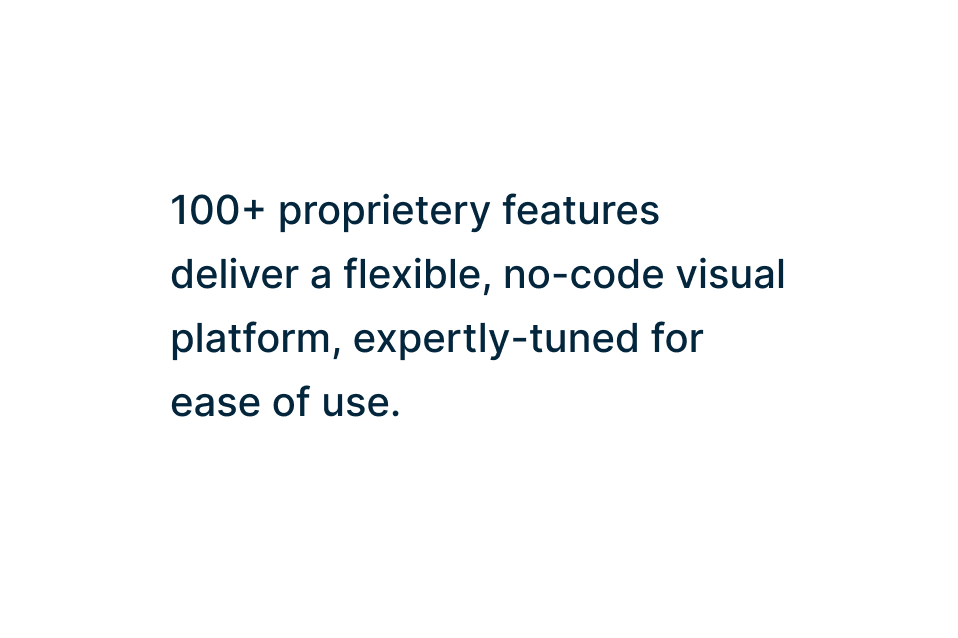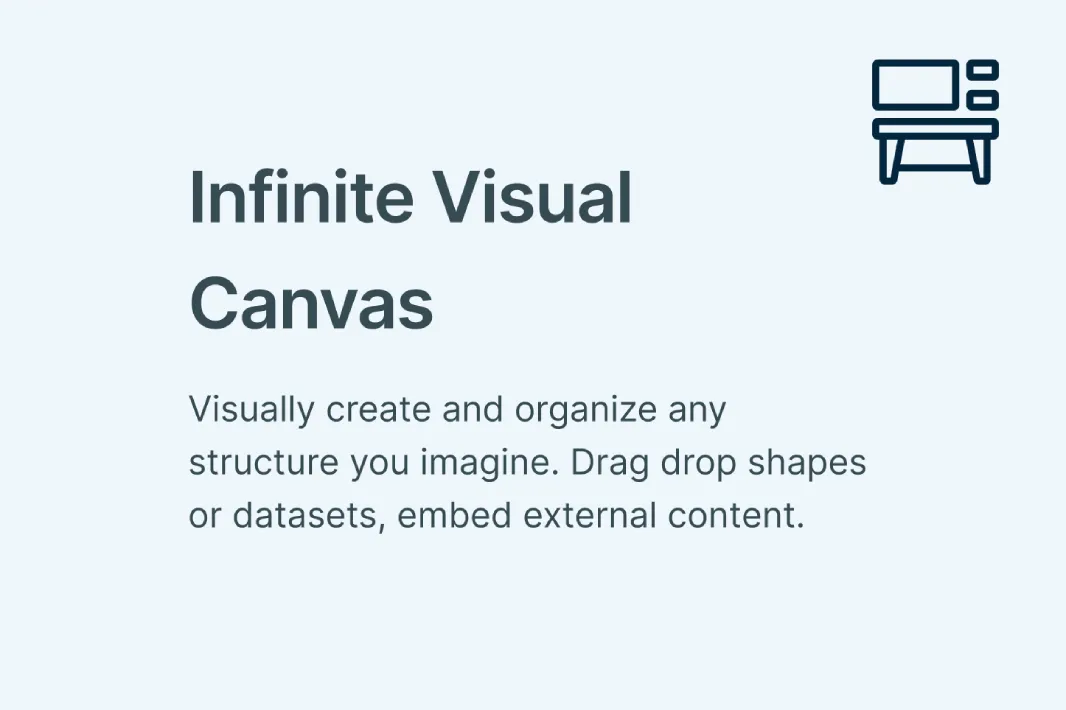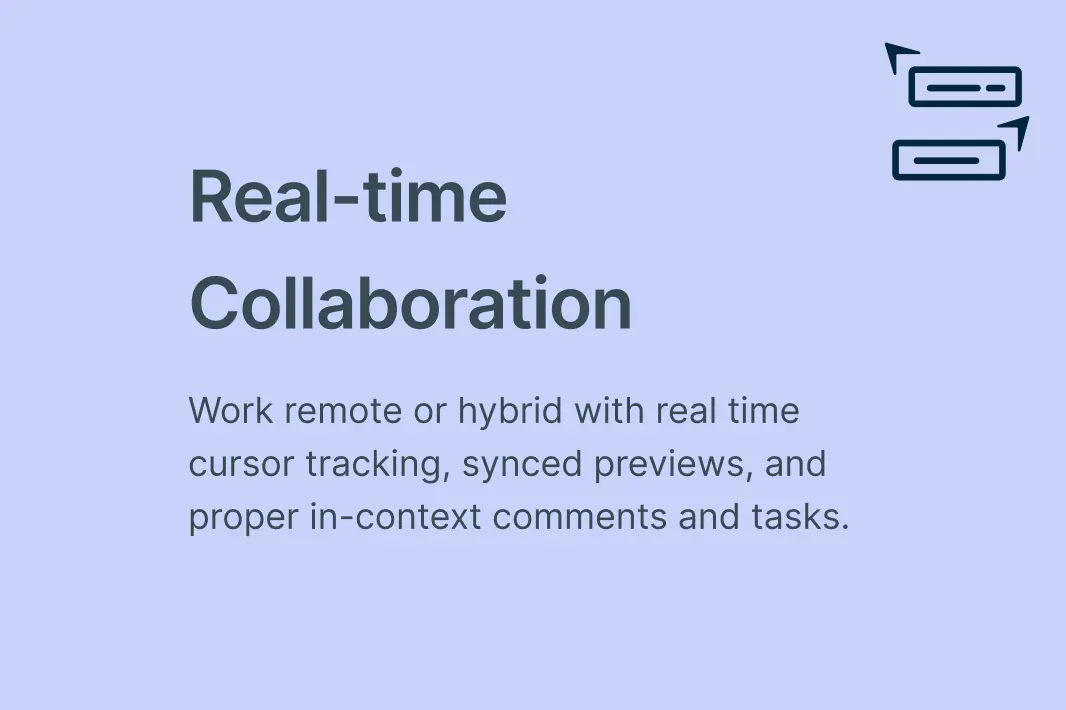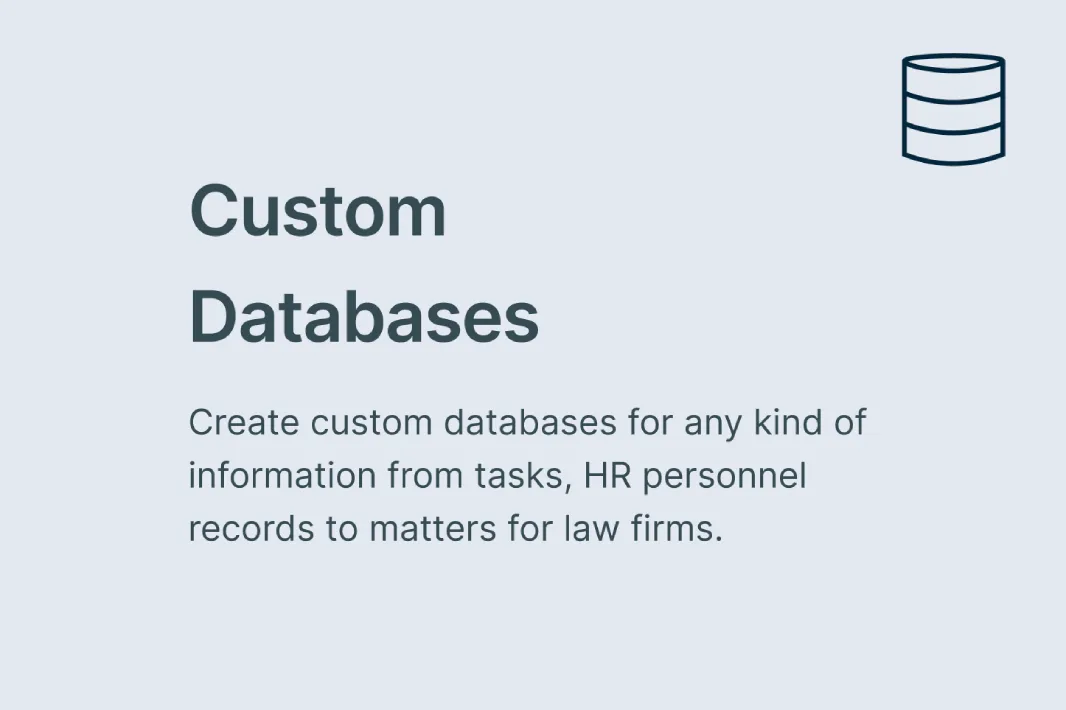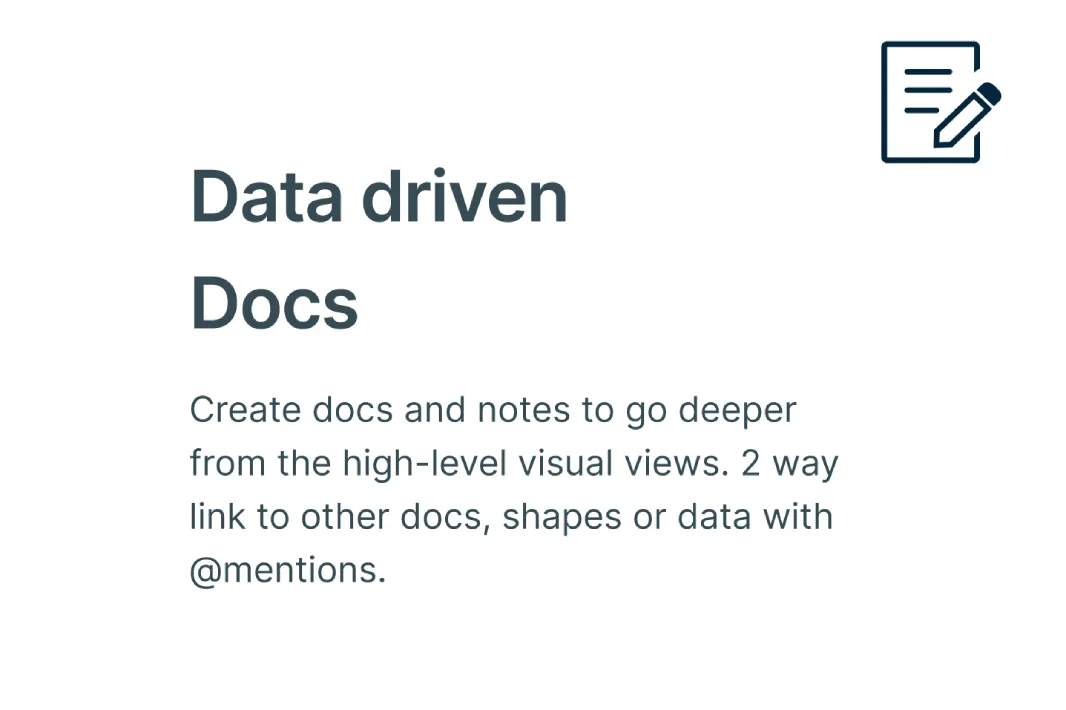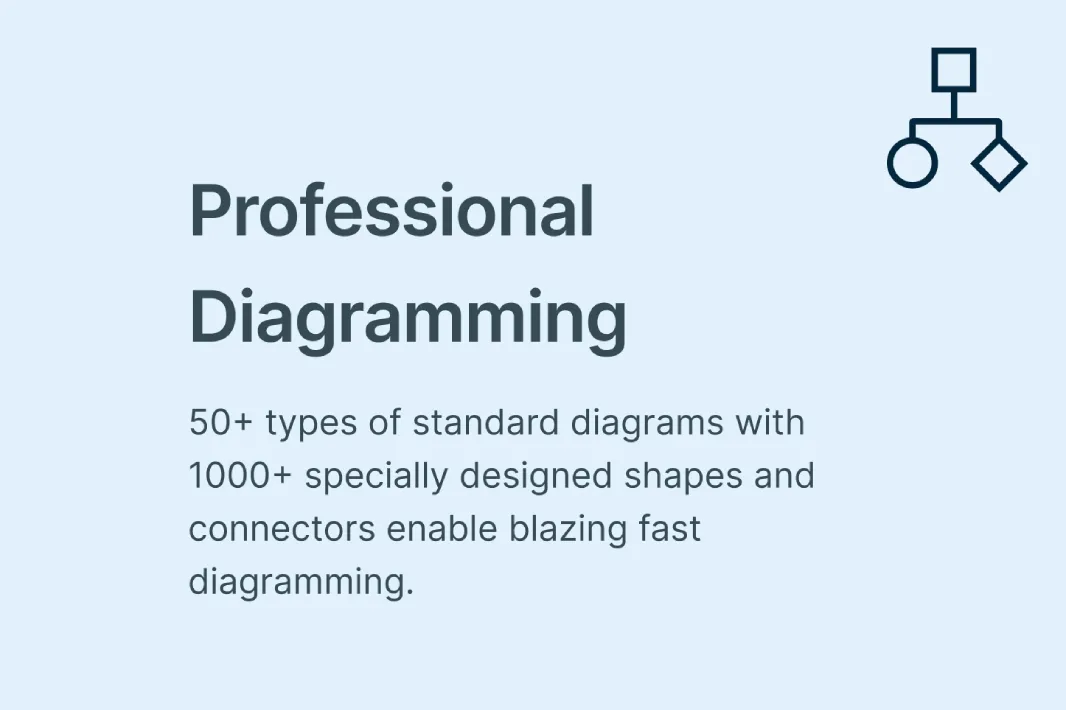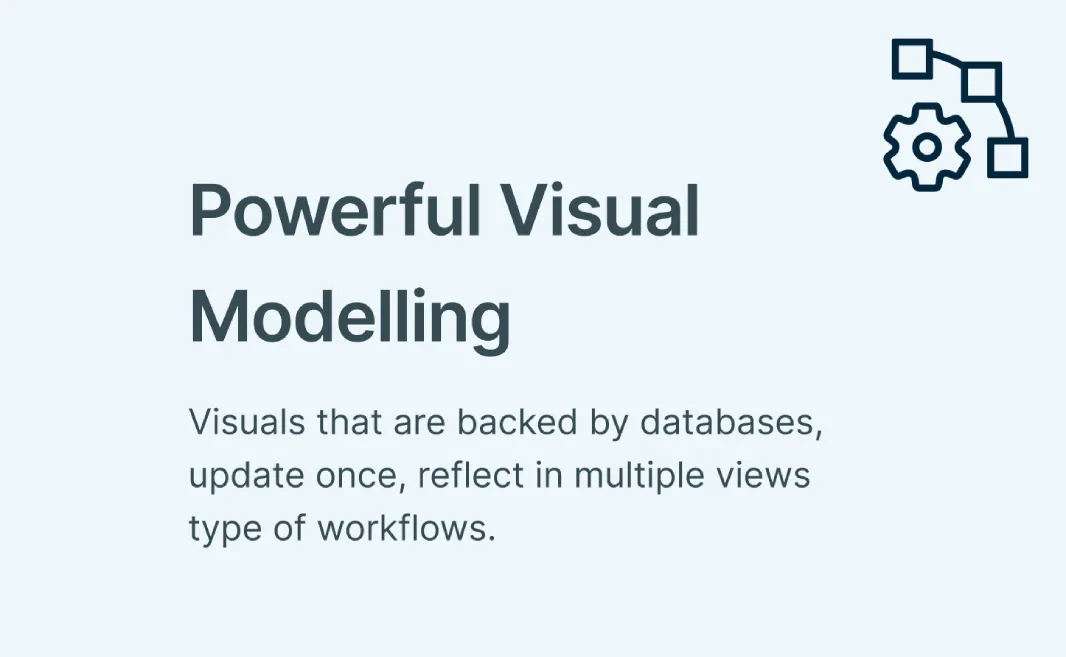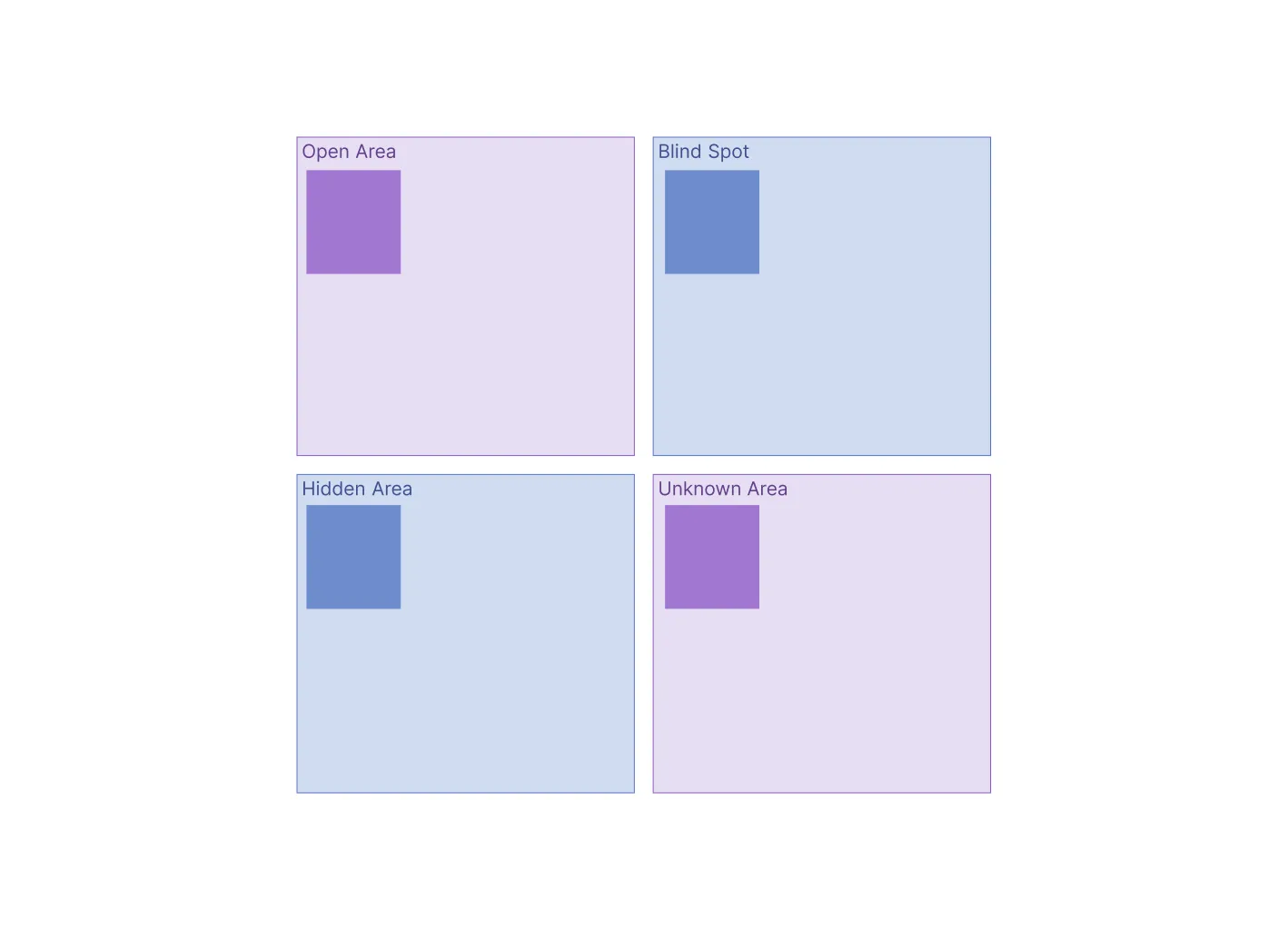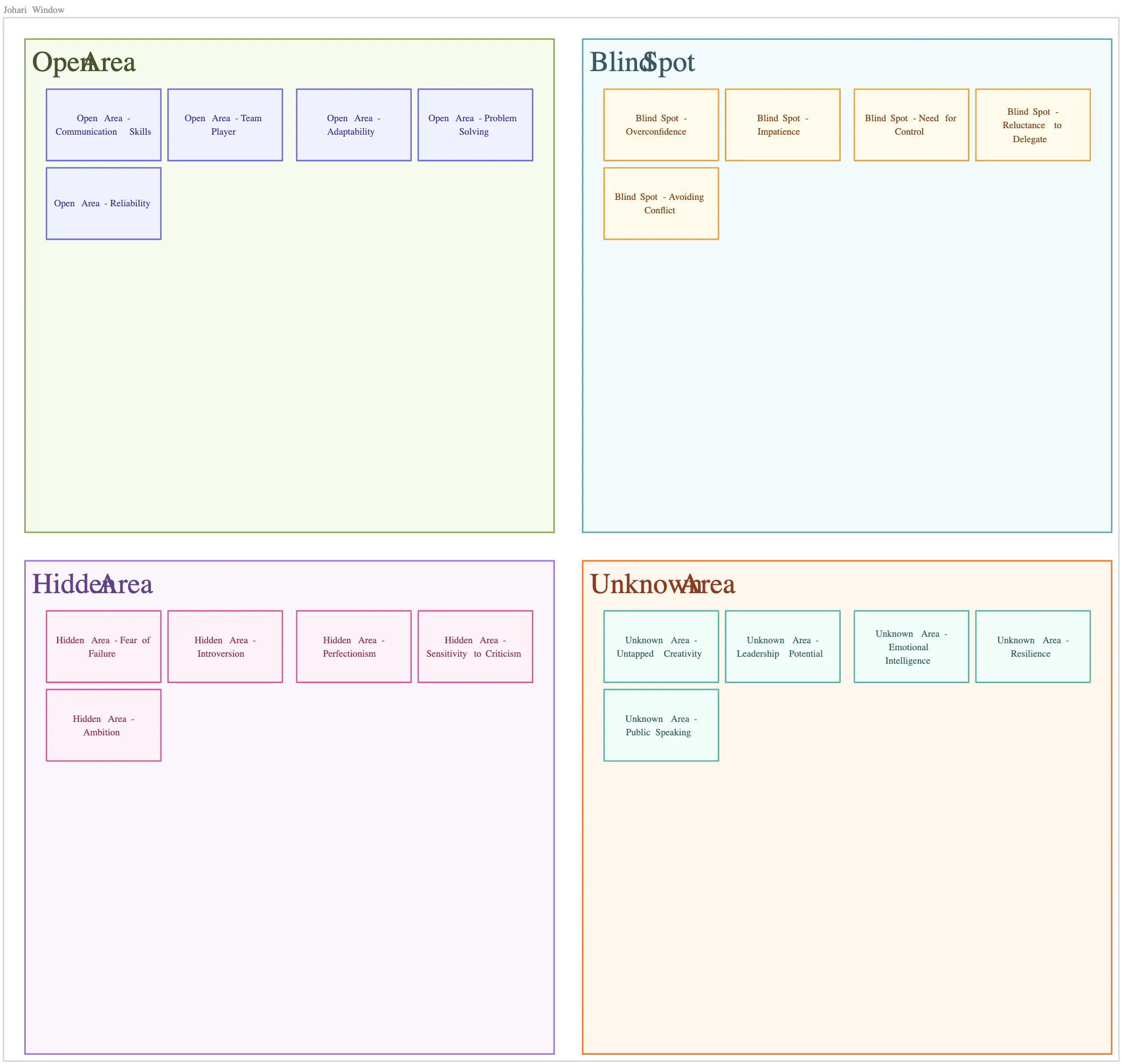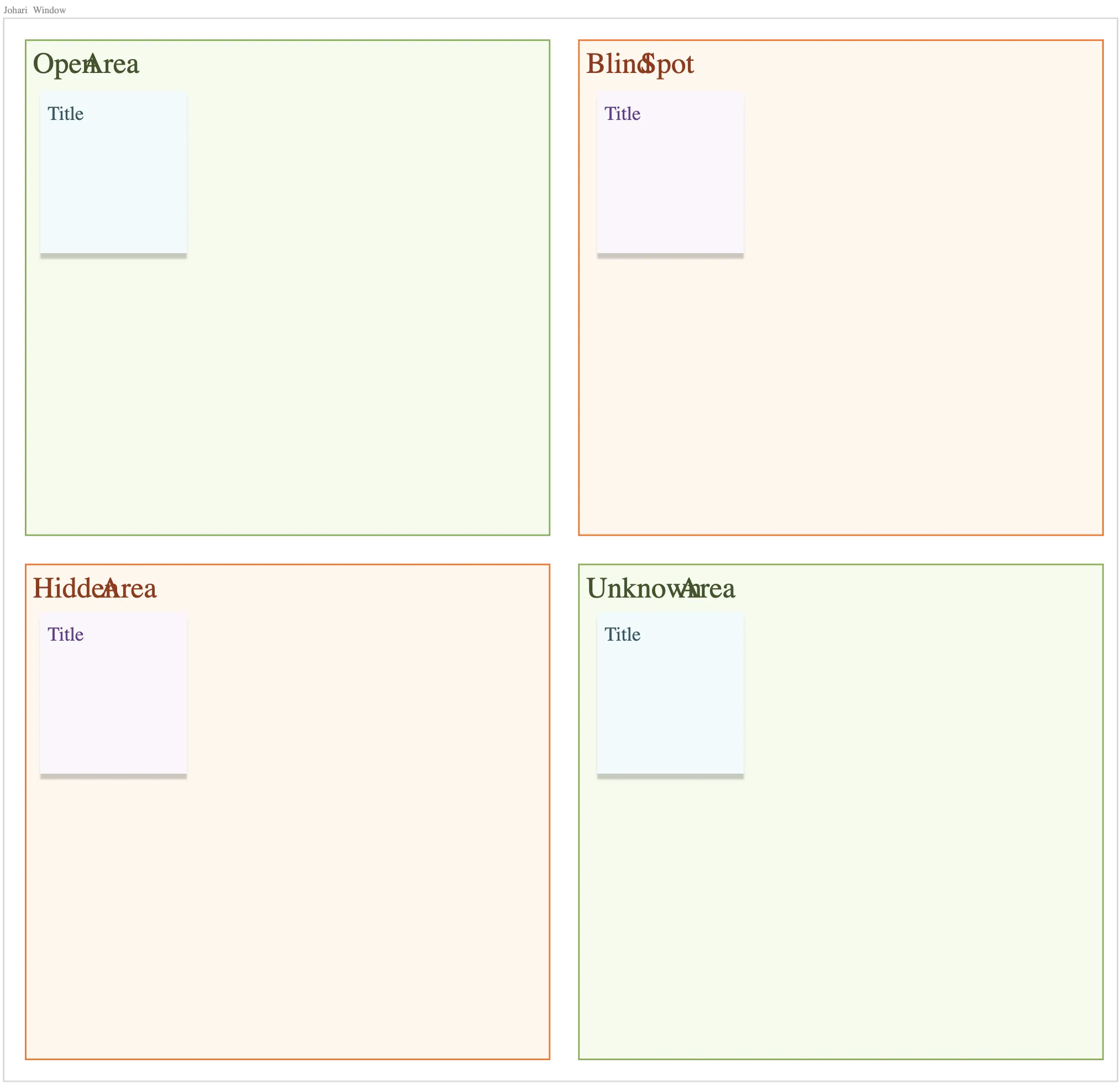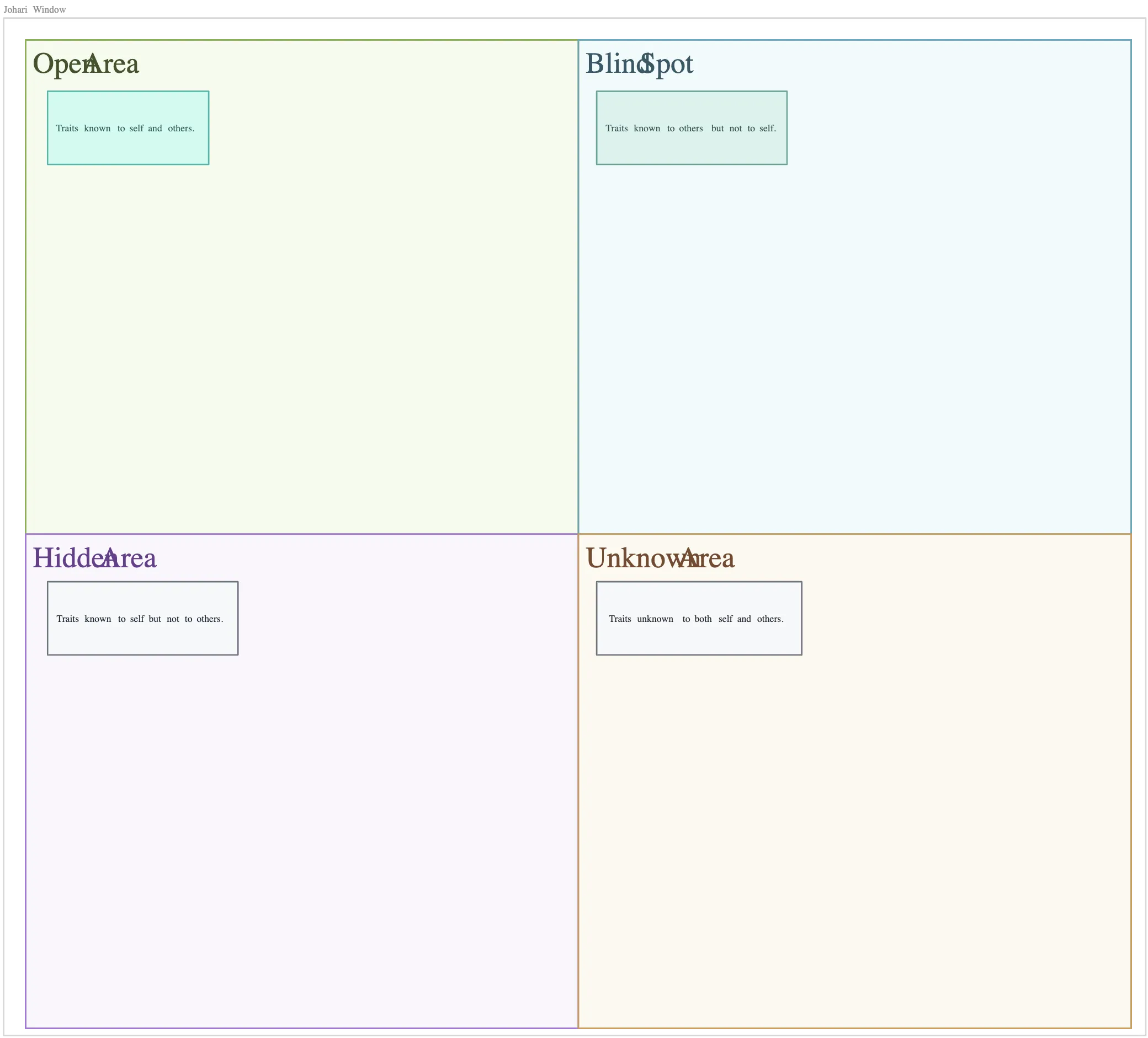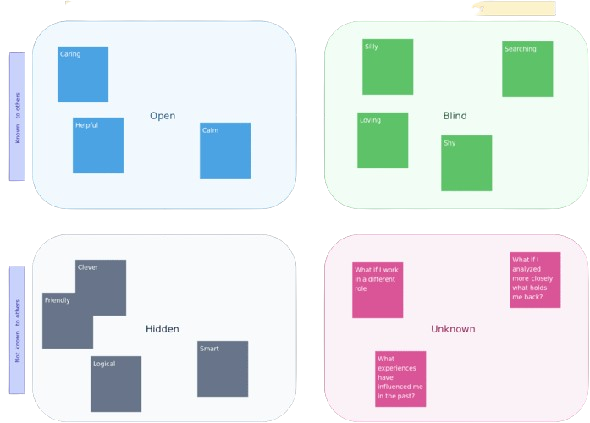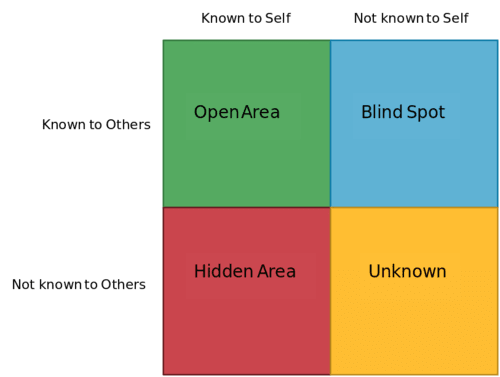Johari Window Template
Elevate Team Dynamics with the Johari Window
Use Creately’s Johari Window template to explore and enhance self-awareness, boost team collaboration, and uncover hidden strengths. Ideal for personal development sessions, team-building workshops, leadership training, and coaching conversations.
- Customize Johari Window templates to suit your specific needs
- Work together with team members in real time, no matter where you are
- Easily create and share Johari Window diagrams with a user-friendly interface
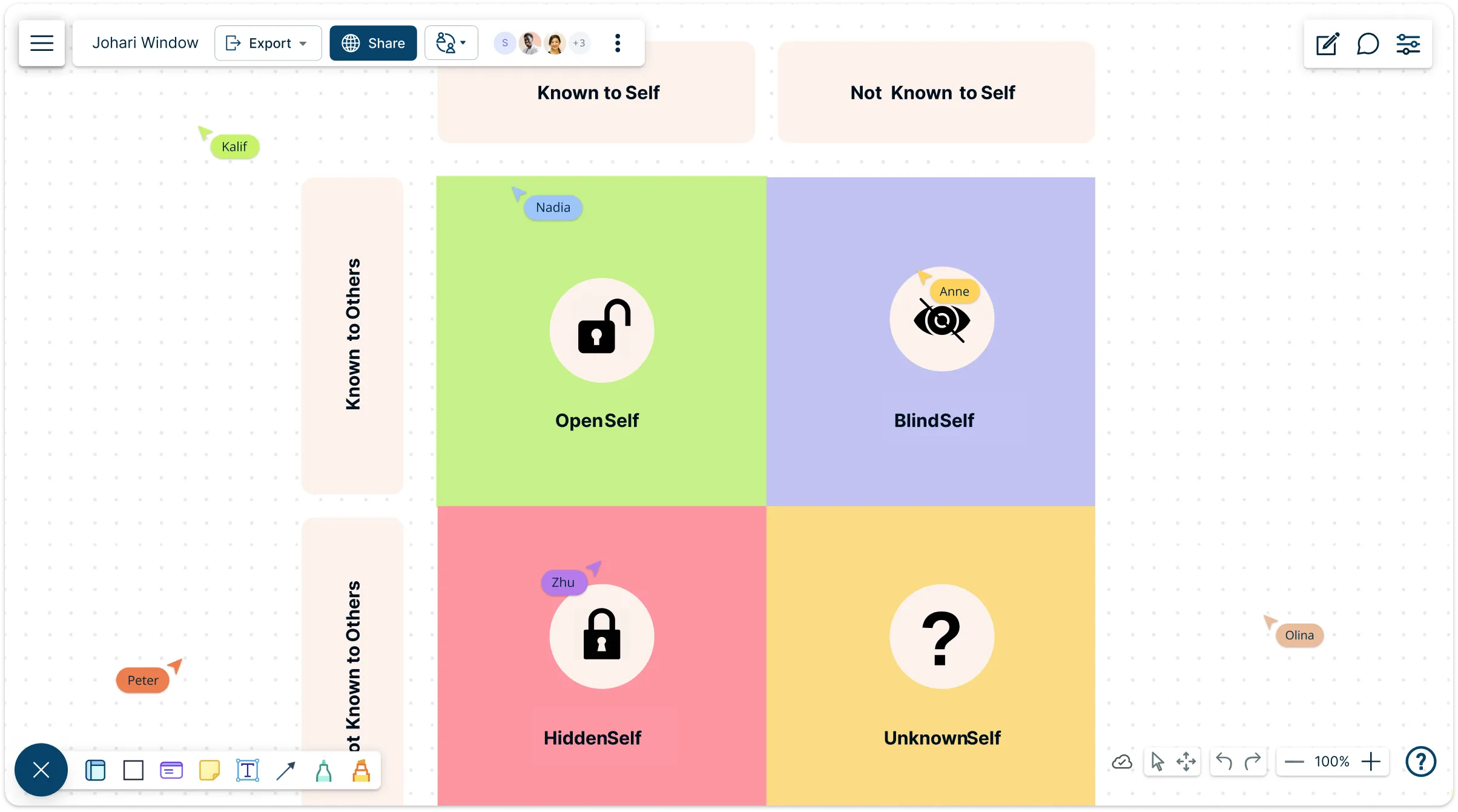
Over 10 Million people and 1000s of teams already use Creately

AI Johari Window Generator
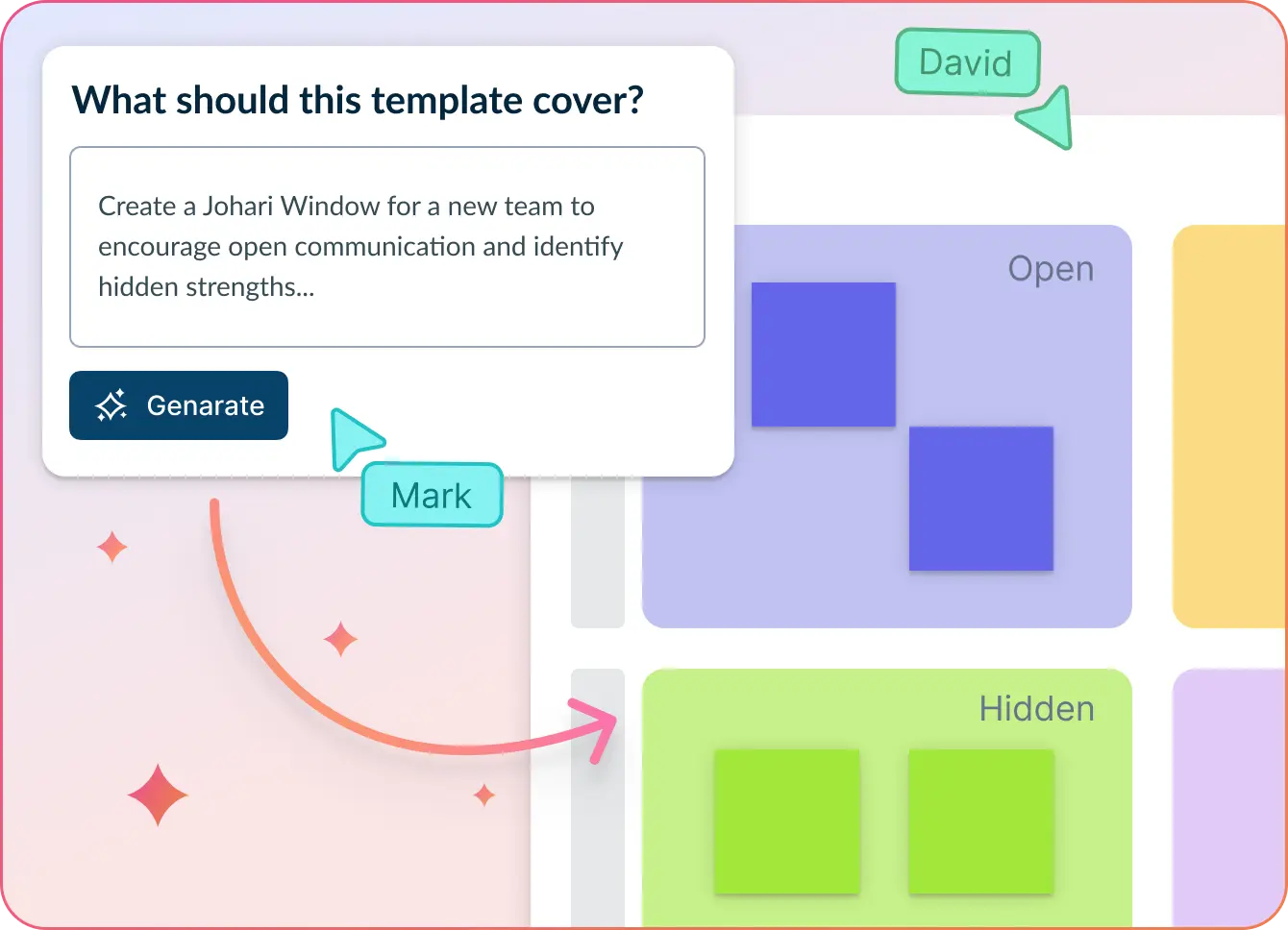
Discover blind spots and build stronger teams, instantly
- Input traits, feedback, or observations.
- Click Generate with AI → watch Creately organize them into the four Johari quadrants: Open, Blind, Hidden, and Unknown.
- Reflect, discuss, and evolve insights collaboratively on one canvas.
Why teams love Creately’s Johari Window Generator
 Faster self-awareness – Instantly visualize knowns and unknowns in team dynamics or personal growth.
Faster self-awareness – Instantly visualize knowns and unknowns in team dynamics or personal growth. Smart analysis – AI helps identify patterns in feedback to surface hidden strengths and blind spots.
Smart analysis – AI helps identify patterns in feedback to surface hidden strengths and blind spots. Safe and secure – All feedback stays private inside Creately—never shared externally.
Safe and secure – All feedback stays private inside Creately—never shared externally. Built for teams – Supports live or async reflection, in any language.
Built for teams – Supports live or async reflection, in any language. Easy to update – Refine as your team grows—drag, edit, and expand in real time.
Easy to update – Refine as your team grows—drag, edit, and expand in real time.
Johari Window Examples for Personality Development
Share Opinions and Receive Feedback
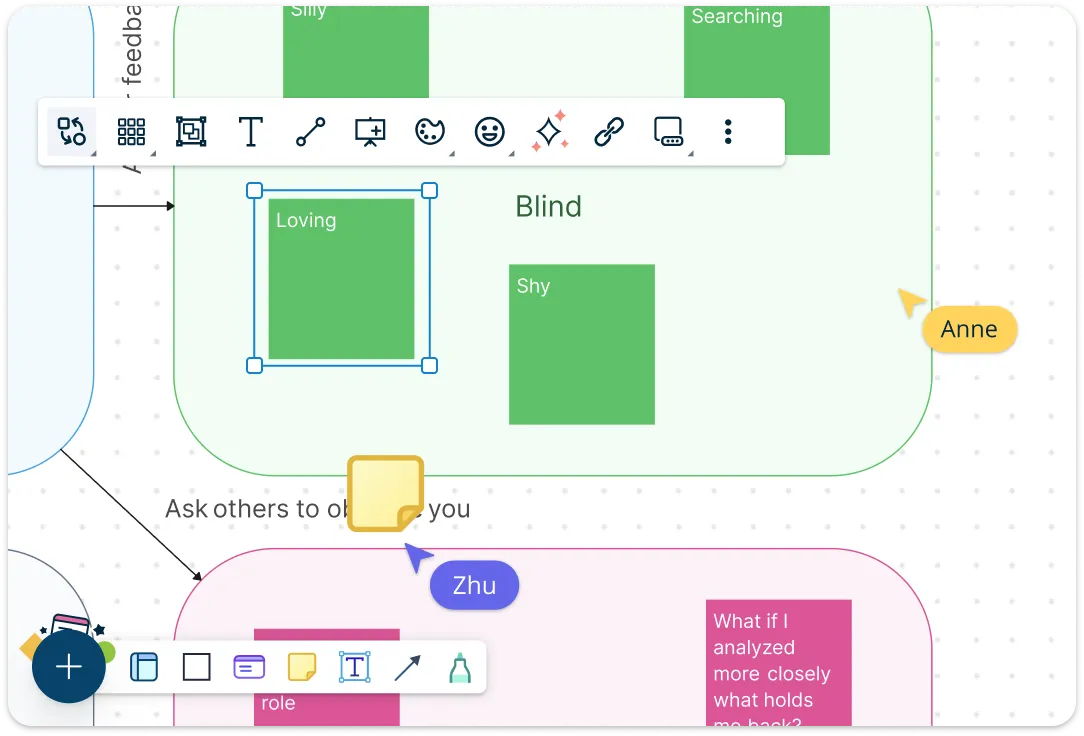
Creately’s Johari Window Template helps you visualize personal and group insights with ease. Use drag-and-drop sticky notes to list traits and organize them into the four quadrants of the Johari Window diagram—Open, Blind Spot, Hidden, and Unknown. Choose from preset styling options to distinguish between strengths, challenges, or custom categories. The infinite canvas allows you to run multiple Johari Window analyses side by side, making it ideal for workshops or ongoing reflection. Get started quickly with a range of pre-built Johari Window templates designed for different contexts and needs.

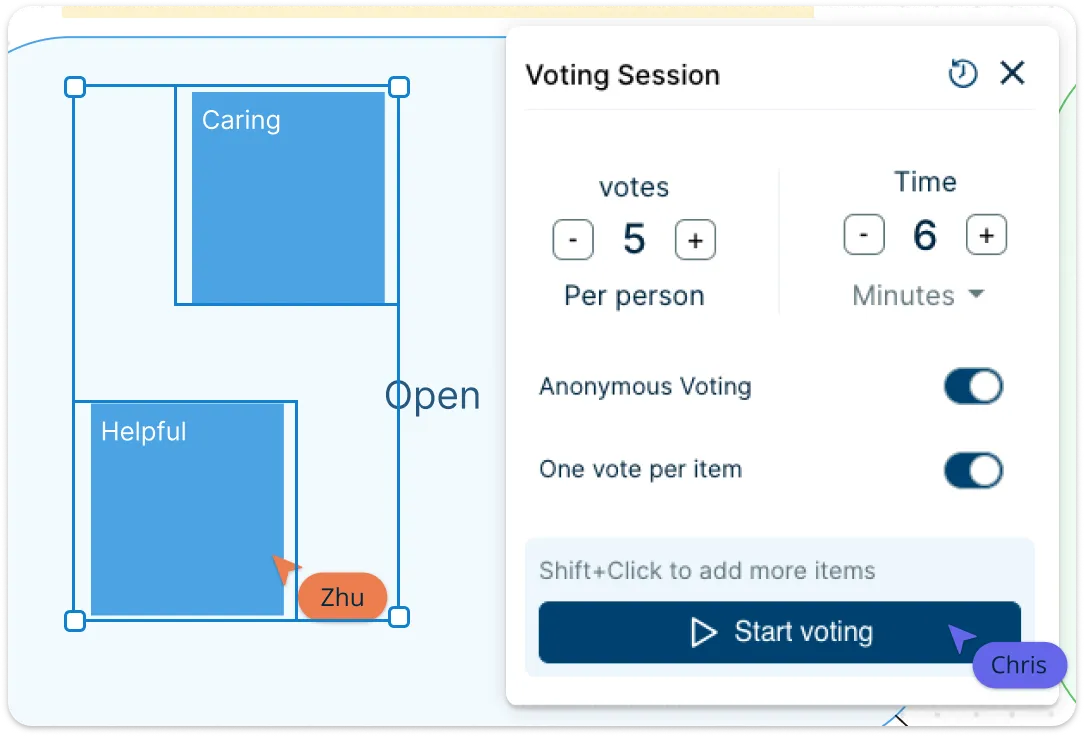
Improve Soft Skills Among Team Members

Use Creately’s Johari Window Template to build stronger soft skills and promote open communication within teams. The advanced data panel lets you enrich each section of the Johari Window diagram with detailed feedback, suggestions, and notes to guide reflection and personal development. Built-in voting tools, including in-app polls and emoji reactions, make it easy for team members to highlight blind spots and identify areas for improvement in a non-threatening, collaborative way. Kick off sessions with integrated icebreaker activities or use multiple ready-to-use frameworks to ease into deeper personality analysis.
Promote Mutual Understanding in Teams
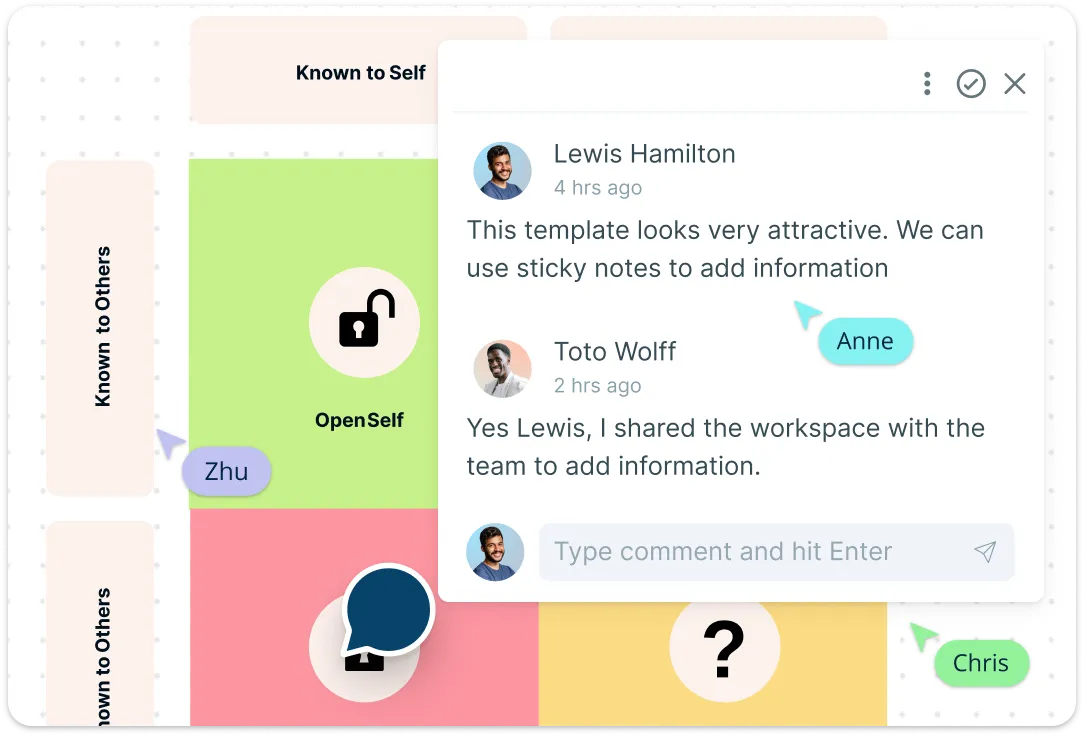
Enhance your team reflection sessions with the collaborative features built into Creately’s Johari Window maker. Share your Johari Window diagram with team members to gather live input or run asynchronous feedback exercises. Use real-time editing to make updates as insights emerge, and leave contextual comments to clarify or expand on observations in each quadrant. Creately’s built-in presentation mode allows you to walk through the analysis step-by-step, perfect for workshops, retrospectives, or training sessions. You can also export the final Johari Window as a PDF, image, or shareable link to include in reports or follow-up documentation.

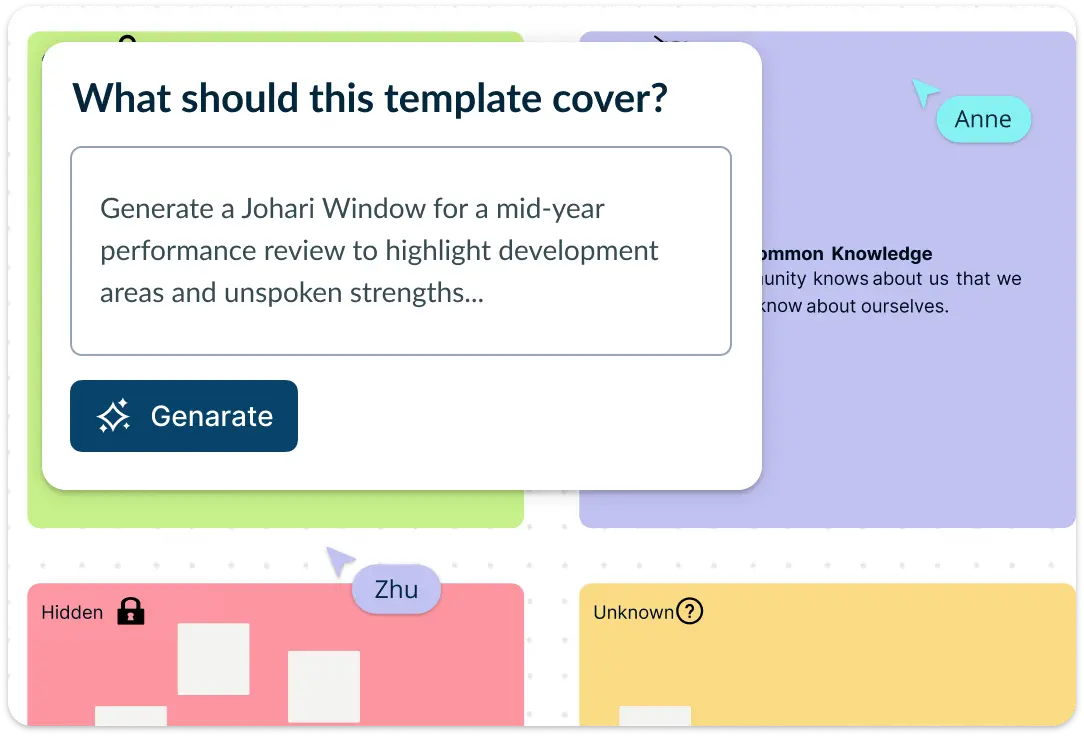
Unlock Deeper Insights with AI

Speed up analysis and uncover deeper patterns with Creately’s Johari Window Generator. The AI Johari Window Template automatically organizes feedback into the four quadrants of the Johari Window diagram, helping you identify blind spots, shared traits, and areas for growth. It can suggest relevant attributes based on roles or input data, summarize key themes, and turn raw text into structured insights—making it easier to guide reflection and development during coaching or team sessions.
What Is a Johari’s Window?
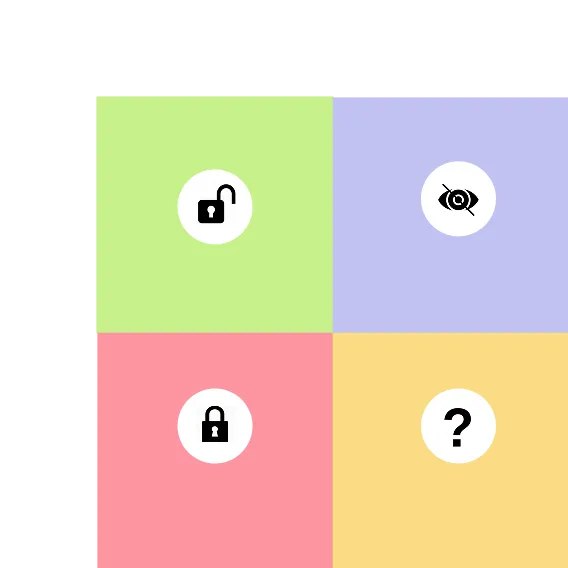
How to Use Creately’s Johari Window Template?
Create or select a template:
Start by choosing a Johari Window template from Creately’s template library or create one from scratch using the intuitive diagramming tools.Use the AI-powered template:
Accelerate setup with Creately AI. The AI Johari Window Template can suggest relevant traits based on user input or role descriptions, and help organize them into the correct quadrants automatically—saving time and offering deeper insight.Customize the Johari window:
Customize the diagram by adding labels, dividing it into quadrants (Open, Blind, Hidden, Unknown), and adjusting colors or shapes to fit your preferences.Self-reflection:
Identify your own traits, behaviors, and feelings that you are aware of and comfortable sharing with others and list them down on the Joahri Window using sticky notes.Seek feedback:
Ask others for honest input about how they perceive you. This helps uncover blind spots or aspects of yourself that you may not be aware of.Disclosure:
Share more about yourself, including thoughts, feelings, and experiences that you might have kept hidden. This expands the Open Area of your Johari Window.Reflection and adjustment:
Reflect on the feedback received and integrate it into your self-awareness. Adjust your behaviors and perceptions based on new insights gained from the process.Collaborate in real-time:
Invite team members or collaborators to work on the Johari Window simultaneously. Creately allows real-time editing and commenting, facilitating collaborative feedback and input.Repeat and maintain:
Continuously update and revise your Johari Window as you grow and change. Regularly seek feedback and engage in open communication to maintain healthy interpersonal relationships and personal development.Share and present:
Once finalized, export the Johari Window template in various formats (PNG, PDF, SVG) to share with stakeholders or include in presentations. You can also generate shareable links for easy access.
Explore and Enhance Self-Awareness with These Johari Window Diagrams
FAQs on the Johari Window Template
Who developed the Johari Window?
What are the benefits of using the Johari Window?
What are the four quadrants of the Johari Window Model?
- Open Area: Information known to both the individual and others, including behaviors, feelings, and attitudes that are openly shared.
- Blind Area: Information known to others but not to the individual, such as unconscious behaviors or aspects of personality.
- Hidden Area: Information known to the individual but not to others, including private thoughts, feelings, or personal experiences.
- Unknown Area: Information unknown to both the individual and others, which may include undiscovered talents or potential growth areas.
How can the Johari Window help in team building?
What strategies can you use to improve your Johari Window?
How can I use the Johari Window in personal development?
How can I access a Johari Window template on Creately?







